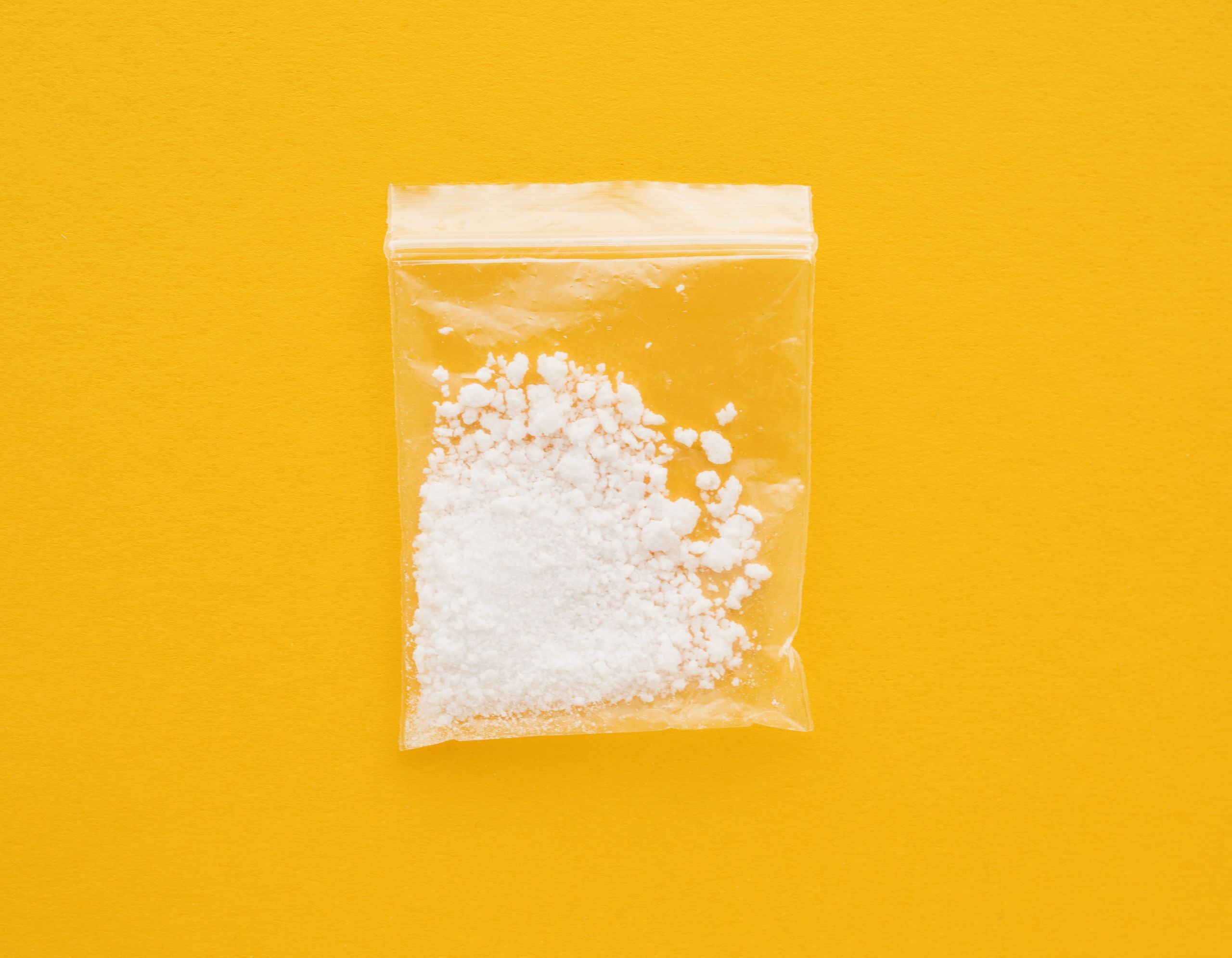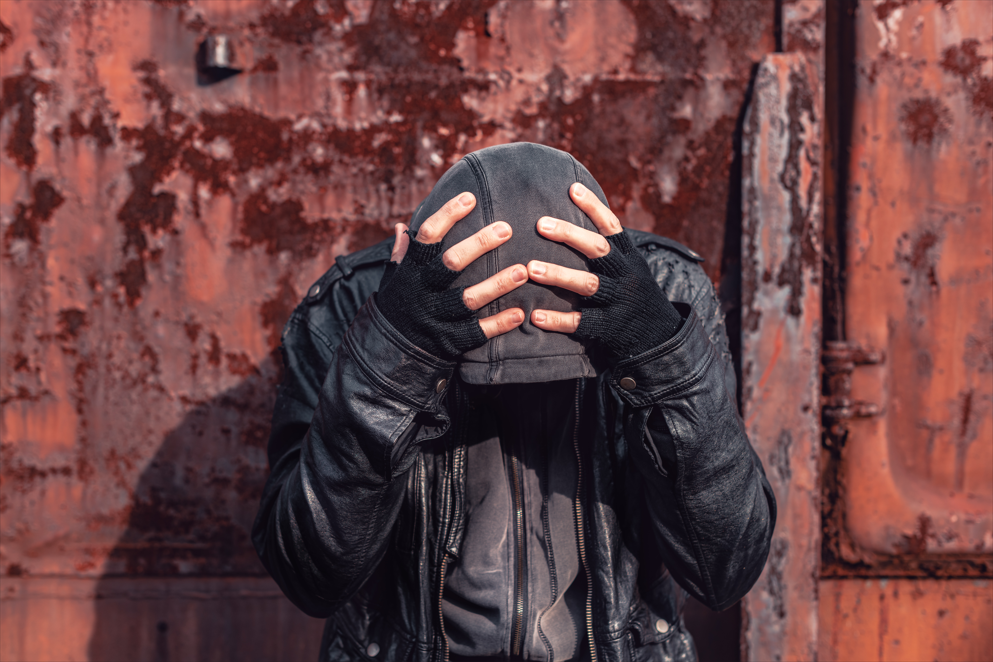
Fentanyl is still seen as the number one cause of drug overdose deaths in the United States. These statistics generally separate fentanyl into a category that includes all synthetic opioids other than methadone. For now, that’s almost exclusively Fentanyl.
But, there is a new powerful synthetic opioid category emerging, which could be even more deadly than fentanyl. Benzimidazole class opioids, also known as nitazines.
This NJRC article explains what you need to know about the emerging threat of deadly synthetic benzimidazole opioids (Nitazenes).
What are Benzimidazole Opioids or Nitazines?
Nitazines, also known as benzimidazole opioids, are a class of synthetic opioids. While they were first created in the 1950s, they have never had any medically approved uses in humans due to their dangerous side effects.
Xylazine (tranq) is a tranquilizer, not an opioid, but it is similar to nitazines in that it’s a drug that was never approved for human use due to its dangerous side effects.
Nitazines are up to 40 times as powerful as fentanyl, which makes them extremely dangerous. Even fentanyl is a common cause of fatal overdose due to its extreme potency, which makes it difficult for illegal drug manufacturers to mix with any precision.
A List of Nitazines (Benzimidazole Opioids):
- Metonitazene
- Etonitazene
- Butonitazene
- Isotonitazene
- Clonitazene
- Protonitazene
- Etodesnitazene
- Flunitazene
- N-pyrrolidino etonitazene (Pyro)
Why are Nitazines so Dangerous?
The fact that nitazines, also known as benzimidazole opioids, are about 40 times more potent than fentanyl is only part of the story. It’s a big part, of course, since fentanyl is already very hard for illegal drug labs to dilute properly to avoid deadly overdoses. It’s safe to assume nitazines will be even more challenging for drug cartels and their minions to work with.
But that’s only part of the picture. Remember that nitazines have never been approved for human use. Unlike even [legally produced] fentanyl, there have been no clinical studies to check for side effects or health impacts over time. The truth is, we have no idea for certain what this stuff does to you. Add to that the fact that any nitazines you come across will have been manufactured in a clandestine criminal “lab” and then mixed into a batch of heroin in a trash barrel with a canoe paddle.
It’s easy to see why nitazines are a terrifying new opioid overdose threat that has everyone from law enforcement to drug and alcohol rehabs in New Jersey very worried.
The dangers of nitazines:
- They are up to 40 times more powerful than fentanyl, raising the risk of OD deaths.
- Benzimidazole opioids (nitazines) have never been clinically tested on humans.
- Any nitazines you find are made illegal with questionable quality controls.
- Nitazines are increasingly cheap to make and are turning up in fake painkillers already.
Are Nitazines Showing Up on the Street Already?
Unfortunately, the answer is yes. While there has been a relatively slow rollout of deadly benzimidazole opioids on the street—they are turning up in drug seizures. The DEA reported finding nitazines in isolated cases in the Midwest as early as 2019.
In 2022, a large opioid seizure in the D.C. Metro area turned up counterfeit Dilaudid and oxycodone tablets made with isotonitazene, one of the benzimidazole-class opioids also called nitazines.
Federal and local law enforcement expects that as benzimidazole opioids become even cheaper to manufacture, we will see a corresponding increase in nitazine overdose deaths. The precursors for isotonitazene, N-pyrrolidino etonitazene (Pyro), Flunitazene, and other nitazines are being smuggled into the U.S. and Mexico at higher rates every year. The risk of death by opioid overdose has never been higher than it is right now. This is one more very good reason to get help now if you or someone you love is dealing with opioid dependence.
North Jersey Recovery Center is ready to help as soon as you’re ready to call. Reach us ANYTIME at (877) 790-5873.
What’s the Difference Between Synthetic Opioids and ‘Regular’ Opioids?
While there are dozens of different opioid drugs out there, legal and illegal—-all of them fall into one of three main categories:
- Natural Opioids: These are derived directly from products of the opium poppy plant with minimal processing. Natural opioids include morphine, heroin, and codeine.
- Semi-Synthetic Opioids: These are made by chemically modifying natural opioids. They include drugs like oxycodone and hydrocodone.
- Synthetic Opioids: These are entirely man-made in laboratories and don’t require any organic opium precursors to make. Fully synthetic opioids include drugs like fentanyl, methadone, and nitazines.
Opioids vs. Opiates
- All opiates are opioids, but not all opioids are opiates.
- Naturally-sourced opioids like heroin are called opiates.
- Semi-synthetic opioids are simply called opioids.
Fentanyl Found in More Than 60% of Street Opioids Today
More than 80% of the heroin seized on the streets and 60% of seized painkiller tablets contain a potentially lethal amount of fentanyl. There’s no getting around it. The risk is unacceptable.
Nitazines are only going to make matters worse. Even if opioids aren’t you or your loved one’s drug of choice, you’re still not safe. Fentanyl is used to cut everything from cocaine to molly and meth today.
Synthetic opioids are deadly, and they are cheaper to manufacture than almost anything else. The people who make and sell illegal drugs don’t care if their customers live or die—never forget that.
There Has Never Been A Better Time to Quit Opioids
We were not exaggerating when we said that the risk of fatal opioid overdose is higher than ever before. But this also means there has never been a better time to get help for opioid addiction and find recovery. Opioid addiction has never been safe—but today, you’re taking your life in your hands every single time you use an unprescribed opioid.
If you or a person you care about is struggling with drugs or alcohol —- we want to help.
NJRC offers some of the best substance use disorder treatment in New Jersey. No matter where you are, it’s never too late to get help and change direction.—- we’re here to help. Let’s get started: (877) 790-5873






